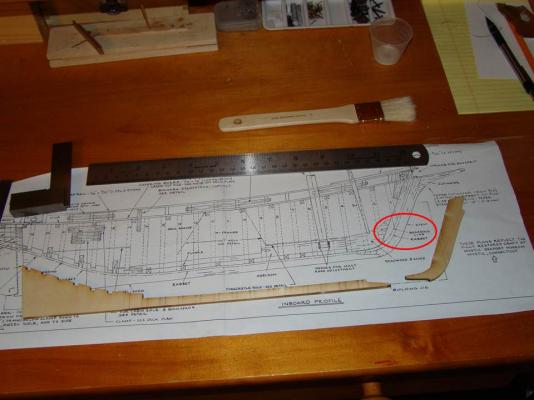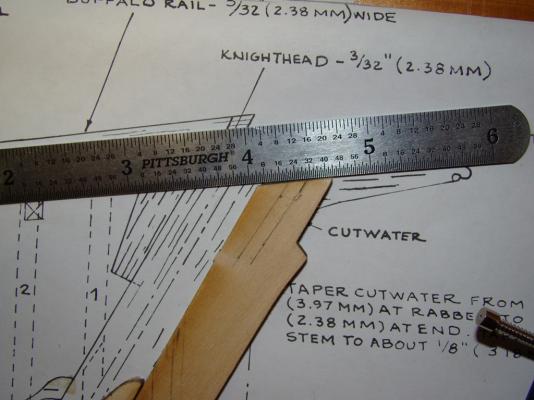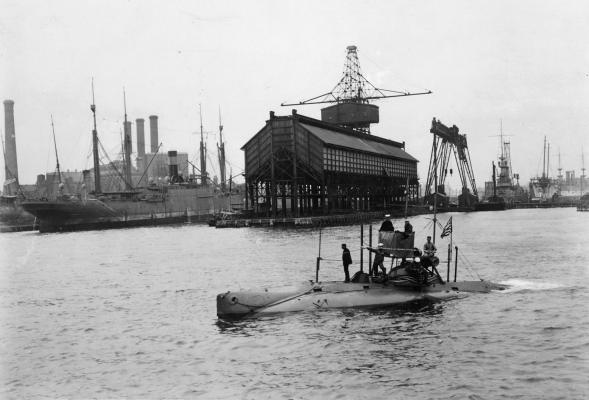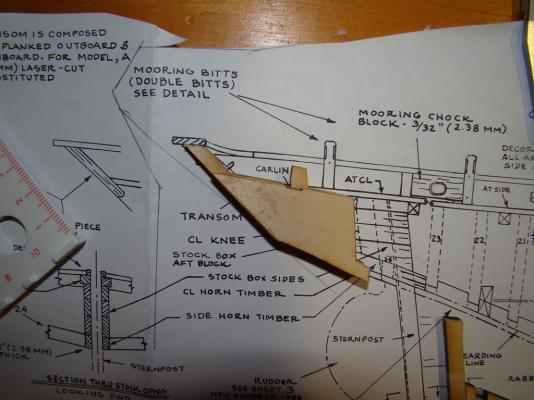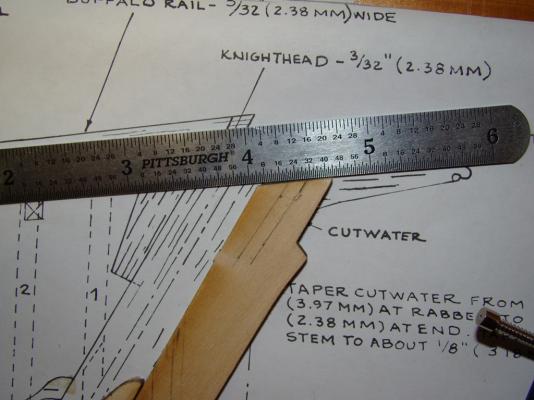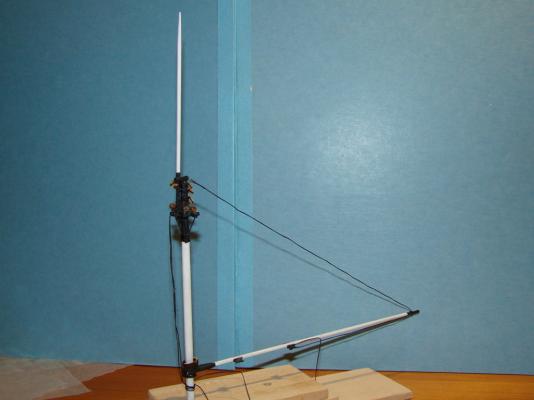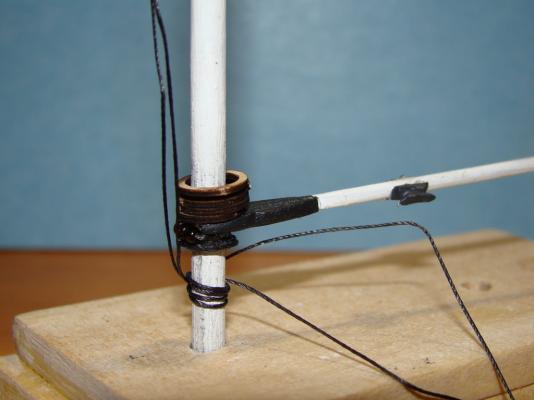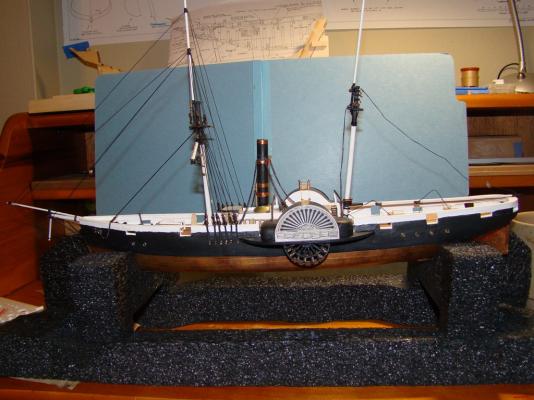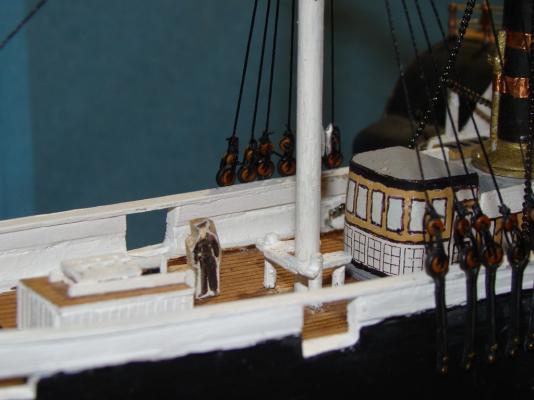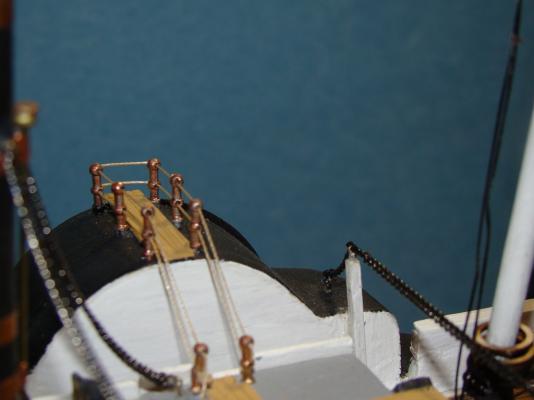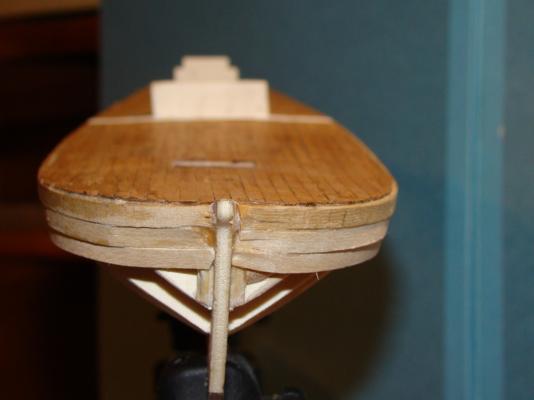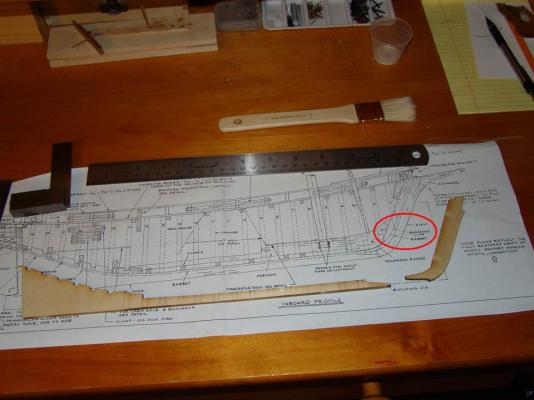-
Posts
3,156 -
Joined
-
Last visited
Content Type
Profiles
Forums
Gallery
Events
Everything posted by trippwj
-
Dang, Andy - you don't make this easy! International headlines...hazy day...St. Lawrence seaway in summer...hydraulic topping lift...doesn't have paired cranes...and there is a clue in the picture. Well, we can rule out the Edmund Fitzgerald...the USS Constitution...the Starship Enterprise... Somehow, I just don't think I am getting any closer to this one....
-
Cool stuff, Keith! I have a few of those items leftover from my wild and mispent youth running EMS in the days of Johnny & Roy, and some others courtesy of a grandchild that gets an infusion every other day. Another area that has generated some useful items is the Admirals fiber crafting (knitting etc.) She has surrendered a few small knitting needles and crochet hooks to the cause 9and all it cost me was more yarn...one would think 500 skeins was enough!).
-
St. george - I think you may have it. Those blasted funnels were throwing me for a tizzy! Let's see what that dastardly Andy has to say!
-
Looks good so far, Pete - this looks like a neat way to get into POF building with minimal cost!
- 41 replies
-
- lifeboat
- model shipways
-
(and 1 more)
Tagged with:
-
There are a lot of lakers to look though, don'tcha know!
-
Wow. Just stunning!
-
Unlike so many others, I refuse to engage in frivolous banter. Nope, not gonna do it. I am NOT gonna be strung up from that yardarm! No way, uh-uh, nope. I know better than to SPAR with the pros... Oops. Looking really sharp, Augie - Very nice! Storing that trick away for the next one that reaches rigging stage!
- 1,668 replies
-
- syren
- model shipways
-
(and 1 more)
Tagged with:
-
Looking amazing, Sjors - well done! I'm with Andy - do we look at time or number of knots before he goes off the deep end and adds water skis to the ship?
-
I am starting the work on the Emma C. Berry and want to be sure i am handling the rabbet the right way. Based on the plans, it appears that what I need to do is cut the rabbet in between the bearding line and the rabbet line - is that the correct approach? Appreciate any recommendations - this is my first POF so not quite clear the best way to handle.
-
No, the photo predates the Vestal - reported to be sometime prior to October 1909 based on the known history of modifications to the one in the background.
-
Dang - that was quick!!!! Well played - your turn, Anja!
-
Thanks, David. That is a very pretty sidewheeler - I like! Seeing we had a request for some Subs, try this one next! Bonus credit if you can also identify the ship in the background...
-
Is that the Nederland?
-
Looking fantastic - very nice work on the cabin thingys!
- 432 replies
-
- artesania latina
- king of the mississippi
-
(and 1 more)
Tagged with:
-
As promised, a couple of shots of the keel assembly and the side horn timber, which forms a part of the transom and will house the rudder stock. The keel assembly. The side horn timber. My very tentative start at marking out the rabbet on the stem. Any guidance on this would be much appreciated! I think reading the manual and looking at other logs, that what i do is taper from the bearding line to the rabbet line, with the depth at the rabbet line being the thickness of a plank. Is that anything similar to being an accurate approach? Thanks, everyone!
-
Well, a bit more progress today. I am still working on the main mast - I am installing the forestays and topping lift prior to installing on the hull - to these old eyes, it is a lot easier to seize these knots off the hull than on it. I still need to add a block on each stay before I step the mast.. Topping Lift temporarily tied to the main boom. There will be a block at the end of the lift and then a line seized to the boom that runs through the block, back through a sheave in the boom and belays to a cleat on the side of the boom Mast rings and boom jaws on the cradle. The line coming down is one of the forestays for the main mast. Profile view with the main mast dryfitted - almost looks like a ship now! Also installed the fife rail at the foremast today. Have installed the stanchions and handrails on the starboard side. Still need to add these on the port side. Back to getting the last little bits on the main mast, continuing to manufacture chainplates for the shrouds, then once I get those mounted I can finally install the main mast.
-
Thanks, Richard! The figures I am using are in scale a 1/32. They are available from multiple sources - primary manufacturer I have come across is Preisser (such as these). The ones I have were kindly provided by Maurys. Andy (Realworkingsailor) has provided a good description of scale sizes at http://modelshipworld.com/index.php?/topic/1006-in-need-of-shipyard-workers-or-boats-crewmembers/page-3#entry19739. Best bet is to check model railroad suppliers. "O" Scale is 1:48. You may not find exactly what you need, but you may have some luck locating "blanks" you can "surgically" alter to suit your needs. For anyone else browsing this thread: "G" Scale: 1:22.5, 1:29 and 1:32 "O" Scale: 1:48 "S" Scale: 1:64 "OO" Scale: (Varies Slightly between USA And Britain) Most common is 1:76 "HO" Scale: 1:87.1 "TT" Scale: 1:120 (Rare, hard to find) "N" Scale: 1:160 "Z" Scale: 1:220 Scale people are available in all these scales. Some work may be required to make them period appropriate. I was just looking at some at http://www.micromacromundo.com/preiser.asp?scatlist=186&perpage=5 Hope this helps!
-
Glad things went well, Frank. We've missed you!
- 389 replies
-
- supply
- caldercraft
-
(and 1 more)
Tagged with:
-
Thank you, Augie! Appreciate that! Poor guy has had a rough life - actually my grandson that lived with us until he was 6, then moved out with his mom to live with the father of his 2 siblings, but spent most weekends and vacations with us. Had a very tough time about 3 years ago and came back to live with us - has been showing continuous improvement ever since. When he first moved back, I couldn't be out of his site - he would even sit outside the WC waiting...now, he is able to stay home alone for several hours at a time without any problems (other than periodic phone calls when he needs to get his lunch etc - just to have someone on the phone). Looking more and more like he and the Admiral may be working together on the Phantom kit I bought him for Christmas - she has been doing a lot of transcription work for the MSB group working on transcribing some of the Joshua Humphreys papers, and also helps edit the MSB journal. ! Thanks, Bob - it's small but as long as I keep stuff separated well it works for now! The Admiral is getting quite interested in ships, and now she is giving some serious thought to getting into model shipbuilding. Think we need to get a larger apartment so we have room for a proper shipyard Anyway, probably more than you ever wanted to know! Off to do some work today on the main mast for the HL - hope to have some photo's up tonight!
-
Augie - what can I say? it gives me something to work on when the rigging on the Harriet Lane gets to be too monotonous. Still procrastinating, though, on planking the hull on the Detector...really need to get back to that as practice for this one! Keith - my 13 year old is on the spectrum - diagnosed when he was about 9. We have our moments with him, but overall it is just a uniqueness for him that makes our lives richer! Fortunately, my 19 year old is both his "protector" and his best buddy, so that makes our lives much easier. I did get the keel glued up last weekend. I am now pacing the deck, so to speak, and looking at other builds to figure out how to do the rabbet. Does it get carved in between the bearding line and the rabbet line on the plans?
About us
Modelshipworld - Advancing Ship Modeling through Research
SSL Secured
Your security is important for us so this Website is SSL-Secured
NRG Mailing Address
Nautical Research Guild
237 South Lincoln Street
Westmont IL, 60559-1917
Model Ship World ® and the MSW logo are Registered Trademarks, and belong to the Nautical Research Guild (United States Patent and Trademark Office: No. 6,929,264 & No. 6,929,274, registered Dec. 20, 2022)
Helpful Links
About the NRG
If you enjoy building ship models that are historically accurate as well as beautiful, then The Nautical Research Guild (NRG) is just right for you.
The Guild is a non-profit educational organization whose mission is to “Advance Ship Modeling Through Research”. We provide support to our members in their efforts to raise the quality of their model ships.
The Nautical Research Guild has published our world-renowned quarterly magazine, The Nautical Research Journal, since 1955. The pages of the Journal are full of articles by accomplished ship modelers who show you how they create those exquisite details on their models, and by maritime historians who show you the correct details to build. The Journal is available in both print and digital editions. Go to the NRG web site (www.thenrg.org) to download a complimentary digital copy of the Journal. The NRG also publishes plan sets, books and compilations of back issues of the Journal and the former Ships in Scale and Model Ship Builder magazines.




